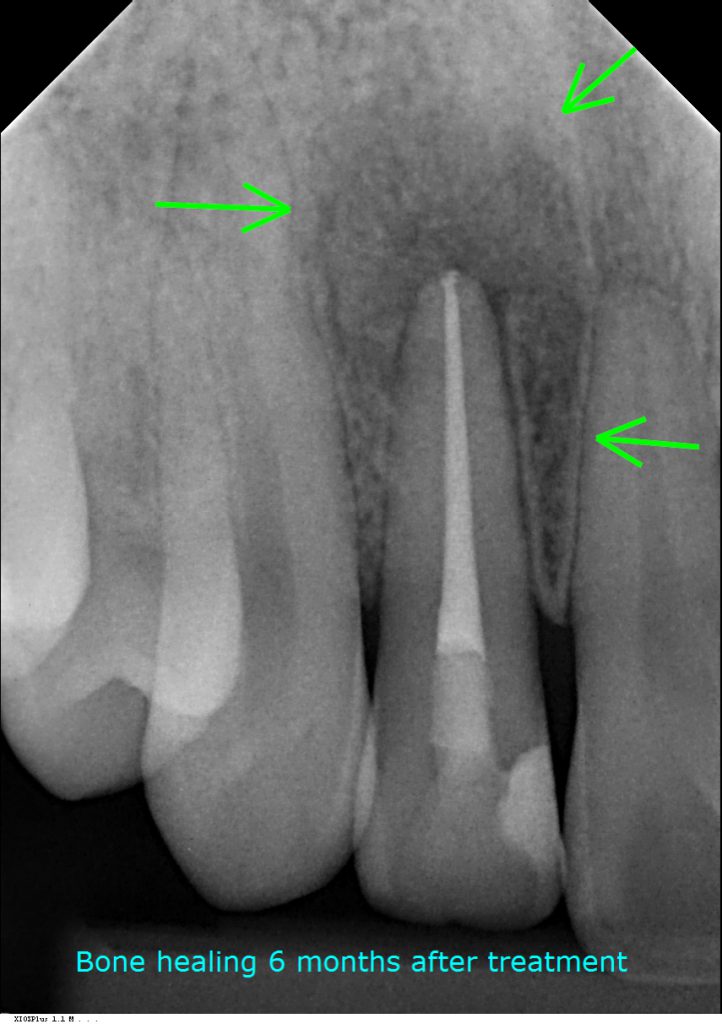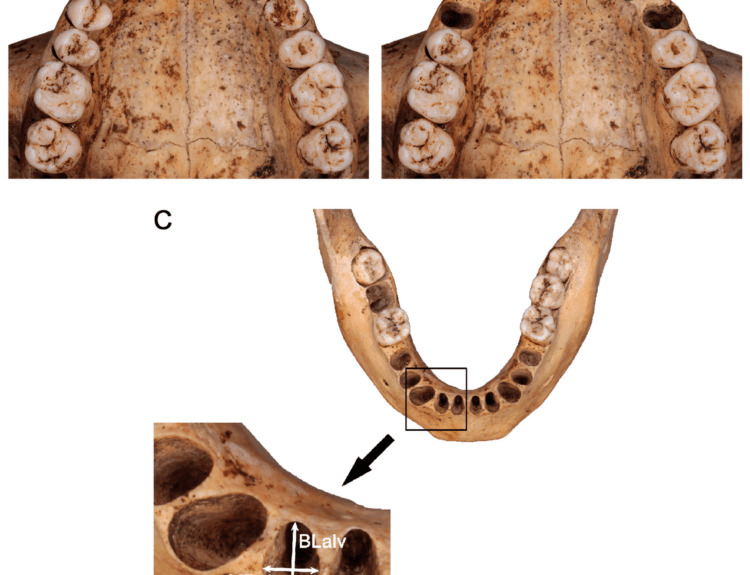Root Canal Retreatment offers a viable solution to previously failed therapies owing to advancements in knowledge, endodontic technology and techniques. Root canal treatment (RCT) is a commonly performed dental procedure aimed at preserving a tooth that has suffered irreversible damage or infection to its pulp tissue. Though the success rate of RCT often exceeds 85–90% of the cases, there are cases in which the treatment fails. Such cases necessitate retreatment. Redoing a failed root canal is a complex yet critical procedure to save the tooth and prevent further complications such as chronic pain, reinfection, or tooth loss.
The failure of a root canal can occur due to various reasons, either technical or biological. One of the most common causes is incomplete cleaning, shaping, or sealing of the root canals during the initial procedure. Missed canals, particularly in multi-rooted teeth, can harbor bacteria that lead to persistent or recurrent infection. Other causes include inadequate sterilization, leakage from a poorly sealed crown or filling, untreated anatomical variations, and coronal microleakage. Sometimes, a fracture in the tooth root or complications from previous dental work may also contribute to failure.
Signs and Diagnosis of Failure
Symptoms of a failed root canal may appear weeks, months, or even years after the original treatment. Common signs include persistent pain, swelling, tenderness on biting, presence of a sinus tract (pus drainage), or radiographic evidence of periapical radiolucency (a dark shadow around the root tip on X-rays). A detailed clinical examination and diagnostic imaging including cone-beam computed tomography (CBCT), help confirm the failure and guide the retreatment plan.
Retreatment Procedure
Redoing a failed root canal involves removing the previous filling material, disinfecting the canals thoroughly, reshaping and resealing them. The retreatment is typically more complex than the initial procedure due to calcification, distorted anatomy, or complications from previous work. Finally, dentists restore the tooth with a crown or permanent filling to prevent reinfection. In some cases, if nonsurgical retreatment is not feasible or fails, an endodontic surgery called apicoectomy may be performed. This involves removing the tip of the root and sealing it from the apex.
Prognosis and Considerations
The success of root canal retreatment largely depends on the underlying cause of failure, the quality of the initial procedure, and the skill of the operator. Studies suggest a favorable outcome in 60–80% of retreatment cases. Modern tools such as operating microscopes, ultrasonic instruments, and advanced imaging have greatly improved the chances of a successful retreatment.
However, not all failed root canals are candidates for retreatment. In some cases, the compromised structural integrity of the tooth or the advancement in infection doesn’t allow retreatment. In such situations, tooth extraction and replacement with a dental implant, bridge, or denture may be more appropriate.






